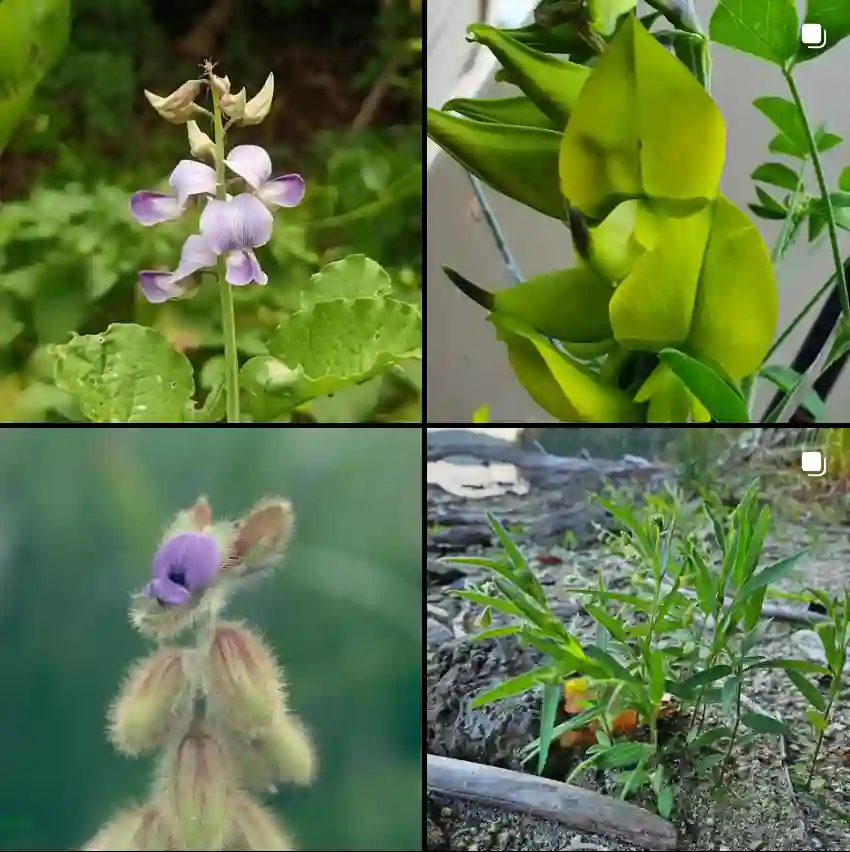The Mandrake: Myths, Magic, and Medicine
My name is Ferb Vu, and I’ve always been fascinated by the strange and unusual in the natural world. One of the plants that has captivated me for years is the mandrake, a member of the Mandragora genus. Steeped in folklore and shrouded in superstition, this seemingly innocuous plant has a rich history intertwined with magic, medicine, and mythology.
The mandrake is perhaps most famous for its root, which often bears a striking resemblance to the human form. This anthropomorphic quality has led to a wealth of legends and beliefs surrounding the plant, many of which persist to this day.
A Brief History of the Mandrake
The mandrake’s history can be traced back to ancient civilizations. It is mentioned in the Bible and in ancient Egyptian texts, where it was used as an aphrodisiac and a fertility aid. The Greeks and Romans also knew of the mandrake, believing it to possess magical properties. Dioscorides, a Greek physician in the first century AD, even described different varieties and their uses in his famous work De Materia Medica.
One of the most enduring beliefs about the mandrake is that it emits a deadly shriek when pulled from the ground. This superstition likely arose from the plant’s association with witchcraft and the supernatural. To avoid this fatal scream, people developed elaborate rituals for harvesting the root, often involving the use of dogs and other animals.
The Mandragora Genus
While the mandrake of ancient lore is often associated with a single species, the Mandragora genus belong to the Solanaceae family actually comprises several distinct species. These include:
- Mandragora officinarum: This is the species most commonly referred to as the “mandrake” and is native to the Mediterranean region. It has ovate leaves, bell-shaped flowers, and yellow or orange berries.
- Mandragora autumnalis: Also known as the autumn mandrake, this species blooms in the fall and is found in similar regions to M. officinarum.
- Mandragora caulescens: Native to the Himalayas, this species has a distinct stem and purple flowers.
- Mandragora turcomanica: This species is found in Turkmenistan and Iran and is characterized by its large, fleshy leaves.
The exact number of species within the genus is still debated among botanists, with some sources listing as many as five or six. This ambiguity adds another layer of mystery to this already enigmatic plant.
The Mandrake in Medicine
Despite its reputation for magic and superstition, the mandrake has a long history of medicinal use. It contains potent alkaloids, including hyoscyamine and scopolamine, which have both sedative and hallucinogenic properties. In ancient times, the mandrake was used as an anesthetic, a pain reliever, and a treatment for various ailments, including insomnia, anxiety, and even epilepsy.
However, the mandrake is also highly toxic. Ingesting even small amounts can cause a range of unpleasant side effects, including dilated pupils, dry mouth, rapid heartbeat, and hallucinations. In large doses, it can be fatal. Therefore, the mandrake should never be consumed or used for self-treatment.
The Mandrake in Modern Times
Although the mandrake is no longer used in mainstream medicine, it continues to fascinate and intrigue. Its enduring presence in literature, art, and popular culture is a testament to its enduring power and mystique. From Shakespeare’s plays to the Harry Potter series, the mandrake continues to capture our imaginations.
As for me, I continue to be drawn to the mandrake’s unique blend of history, folklore, and pharmacology. It serves as a reminder of the deep connection between humans and the natural world, and the power of plants to both heal and harm. The mandrake is a symbol of the enduring mysteries of nature and the enduring human fascination with the unknown.
If i die, water my plants!



